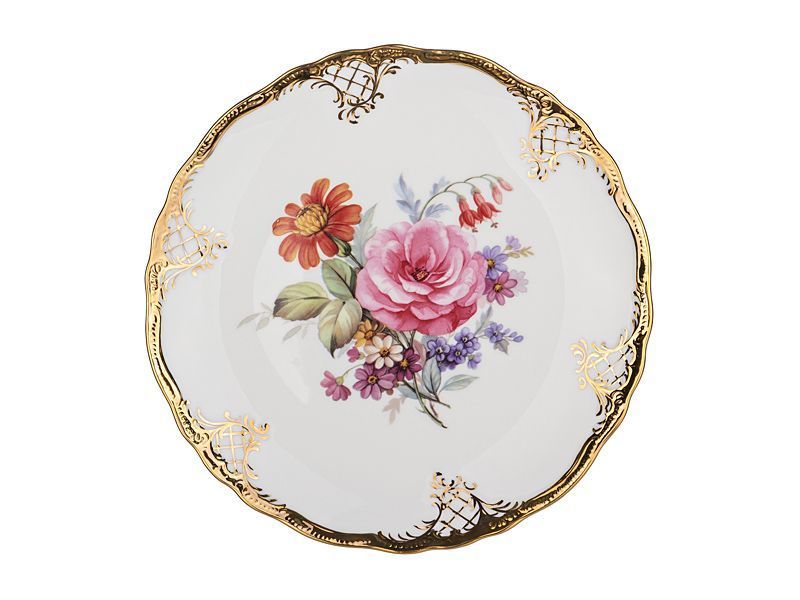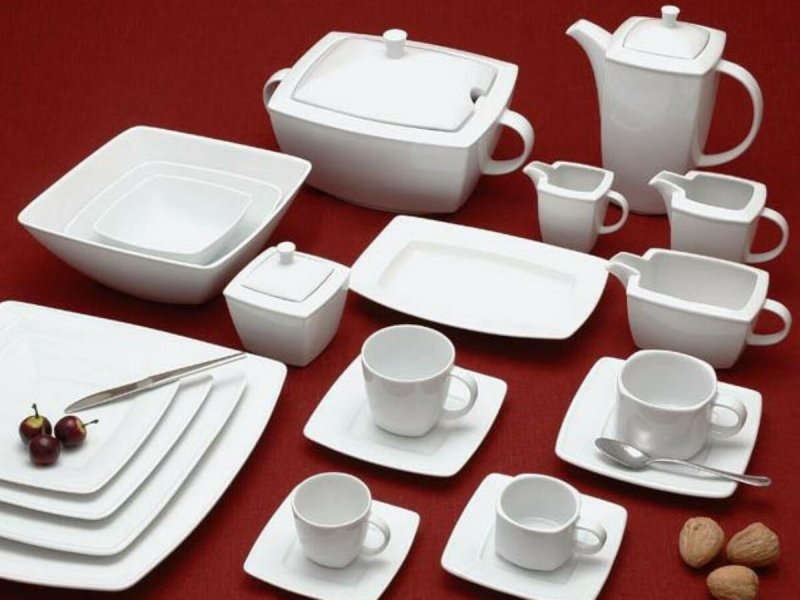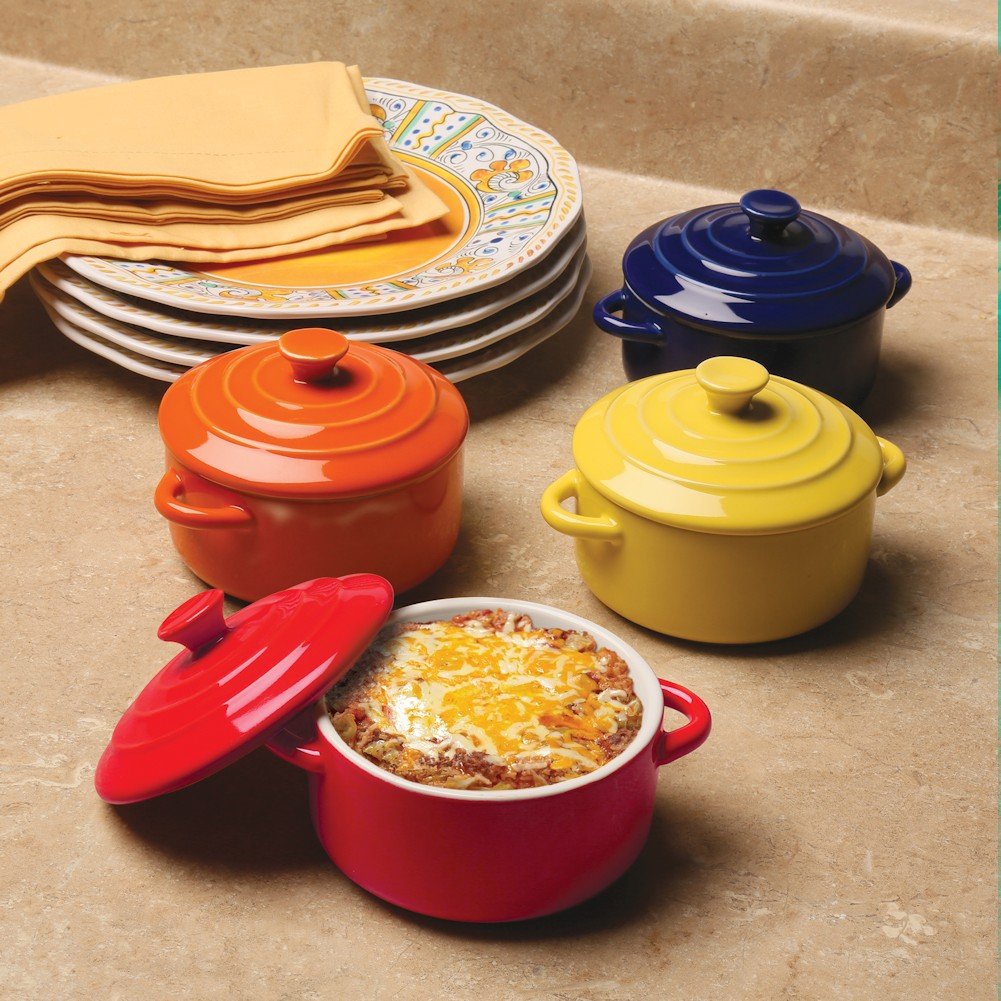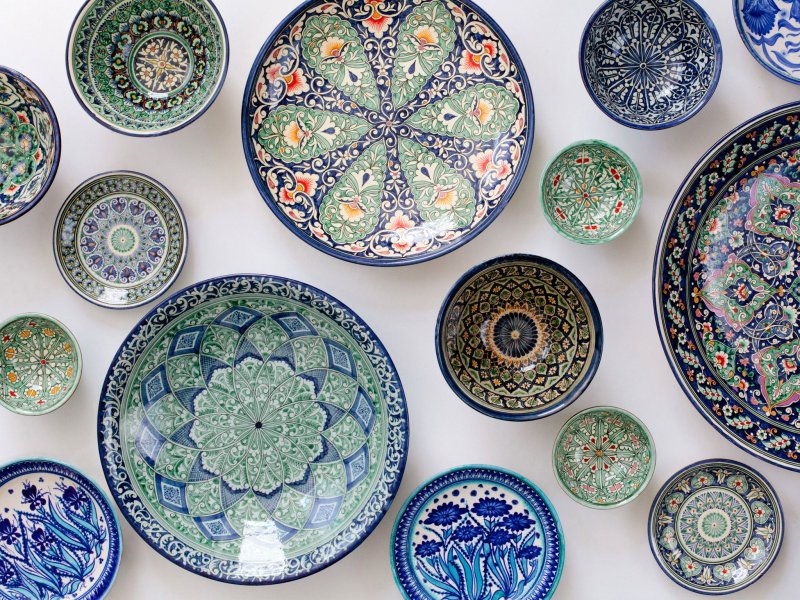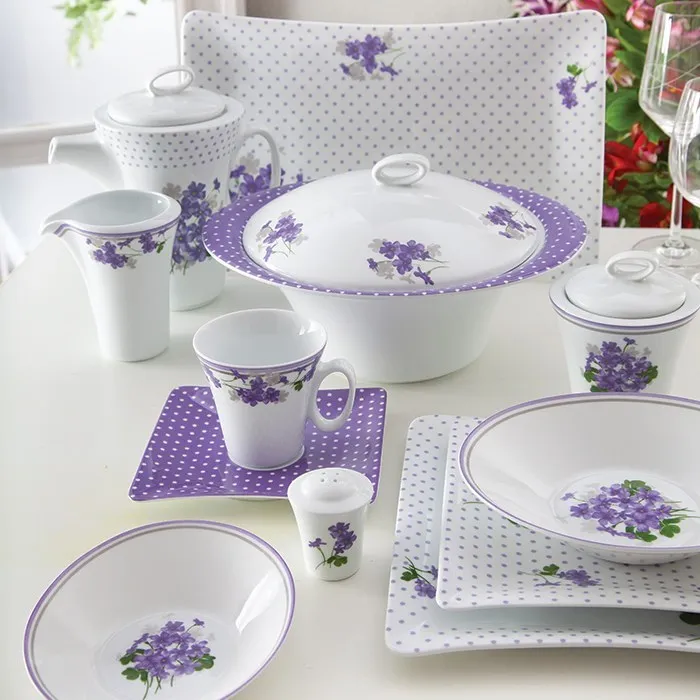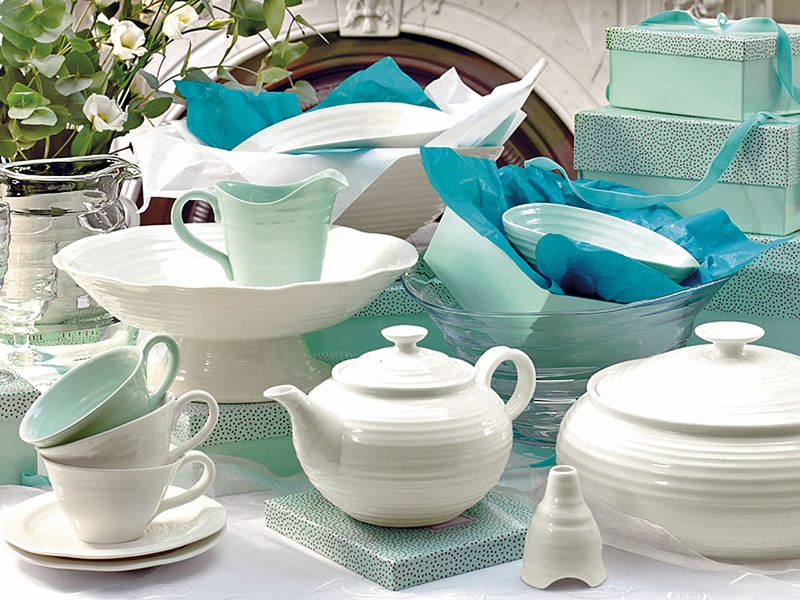Are They Recyclable?
Introduction:
In today’s environmentally conscious world, many individuals are increasingly looking for ways to incorporate sustainable practices into their daily lives. One area that often goes overlooked is the use and disposal of household items such as ceramic dishes. In this article, we will explore the recyclability of ceramic dishes, discuss considerations in buying recyclable ceramic dishes, and shed light on potential pricing factors.
Discussing Ceramic Dishes and Their Recyclability:

Ceramic dishes are a popular choice for many households due to their durability, aesthetic appeal, and heat resistance. However, determining the recyclability of ceramic dishes can be more complex than it seems. Unlike certain materials such as glass or aluminum, ceramics do not easily break down in the recycling process.
Ceramics are typically composed of a combination of clay, minerals, and various additives, which undergo a high-temperature firing process to achieve their final form. This firing process introduces chemical changes that make recycling ceramics challenging. The high temperatures used during manufacturing give ceramics their strength and durability, but also make them resistant to melting down during recycling.
Recycling ceramic dishes is not as straightforward as tossing them into the recycling bin. Many recycling facilities are not equipped to handle ceramics, as they require specialized machinery for processing materials with high melting points. Consequently, ceramic dishes often end up in landfills or incineration facilities, contributing to waste disposal challenges and environmental concerns.
Buying Ceramic Dishes with Recyclability in Mind:
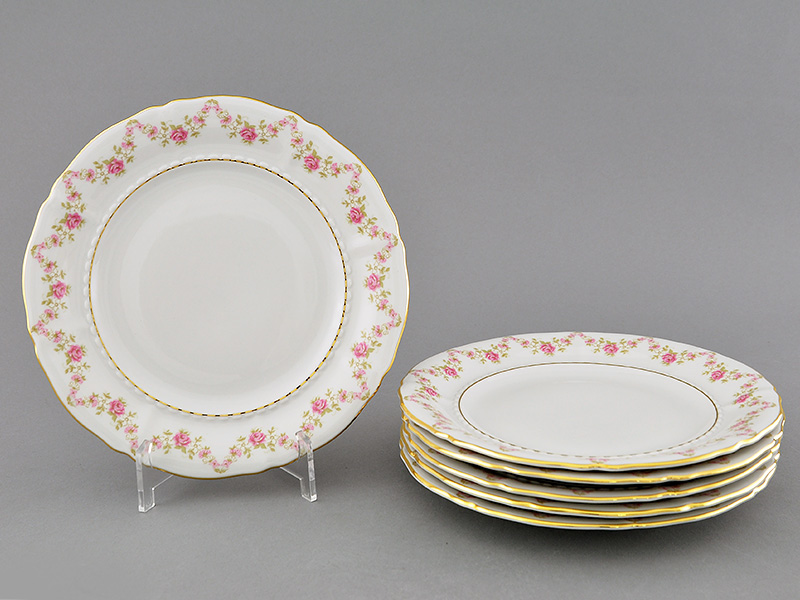
Despite the recycling challenges associated with ceramic dishes, there are alternatives available for those who prioritize eco-friendly options. Consider the following factors when purchasing ceramic dishes to ensure their recyclability:
1. Material Composition: Opt for ceramic dishes made from more sustainable materials such as porcelain or bone china. These materials often have a higher chance of being recyclable due to their lower firing temperatures compared to earthenware or stoneware.
2. Research Manufacturers: Look for ceramic dish manufacturers who prioritize sustainability and have implemented practices to ensure recyclability. Some companies now create dishes with a higher percentage of recycled materials, reducing overall waste in the production process.
3. Secondhand Options: Consider purchasing ceramic dishes secondhand. Thrift stores, antique shops, and online platforms offer a wide range of used ceramic dishes, giving them a second life rather than contributing to the demand for new products.
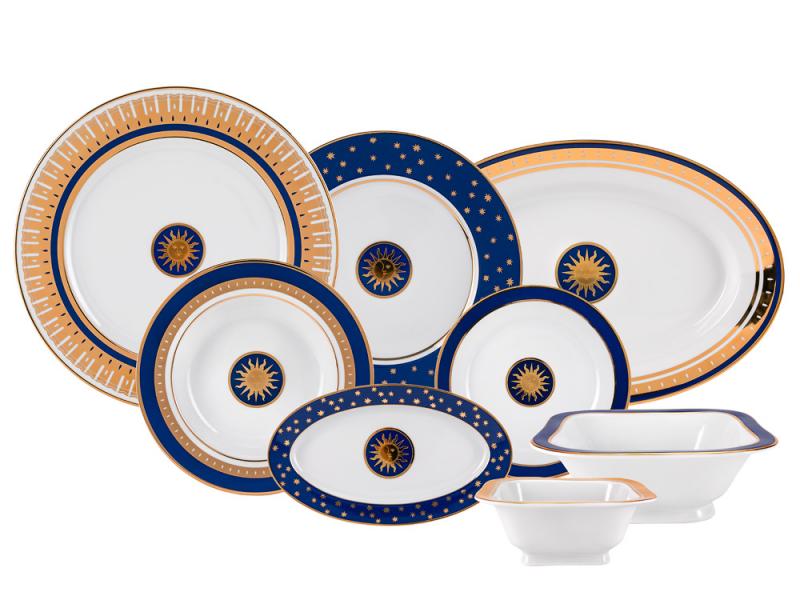
Price Considerations for Ceramic Dishes:
Price can be a determining factor for many consumers when purchasing household items. While eco-friendly options may have a slightly higher upfront cost, considering the long-term impact of your purchase can help justify the investment. Here are a few price-related considerations when shopping for ceramic dishes:
1. Durability: Ceramic dishes, regardless of their recyclability, are known for their durability. Investing in high-quality ceramics means they are likely to last longer, reducing the need for frequent replacements. This, in turn, can save you money in the long run.
2. Secondhand Savings: As mentioned earlier, purchasing ceramic dishes secondhand is an excellent way to save money. Thrift stores and online platforms often offer gently used ceramic dishes at a fraction of the original price, allowing you to maintain a sustainable lifestyle while remaining budget-conscious.
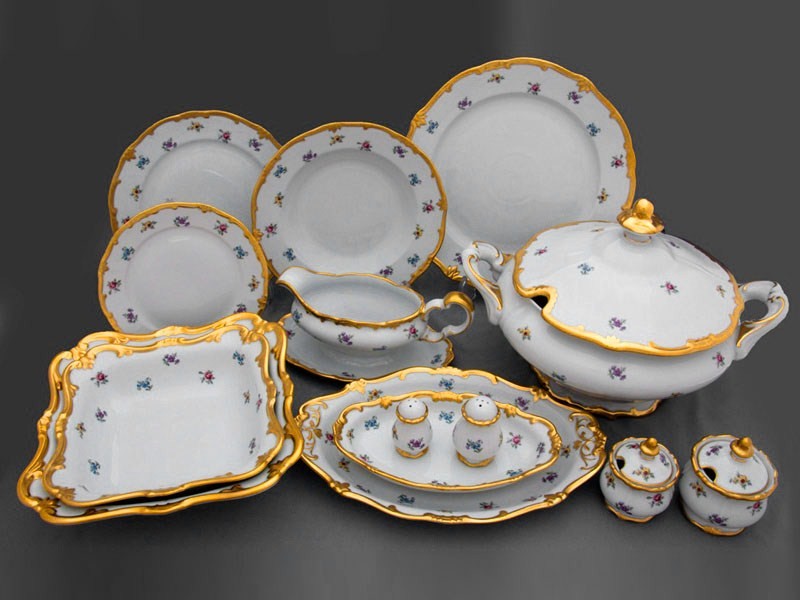
3. Compare Brands: Research different ceramic dish brands to compare their prices and eco-friendly initiatives. Some manufacturers may offer lower prices on recyclable options, as they strive to promote sustainable practices and encourage consumers to make responsible choices.
Conclusion:
While ceramic dishes may not be easily recyclable through conventional means, there are ways to make more sustainable choices when purchasing them. By selecting ceramic dishes made from recyclable materials, supporting manufacturers with sustainability initiatives, and considering secondhand options, individuals can contribute to reducing their environmental impact. Although the upfront costs may be slightly higher, the long-term benefits of durability and reduced waste make ceramic dishes a worthwhile investment for those committed to eco-friendly living.
